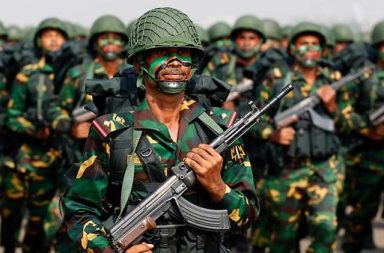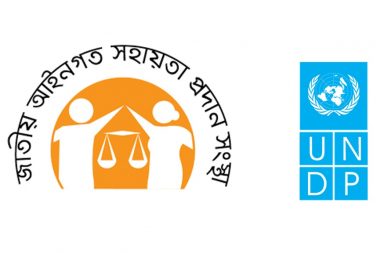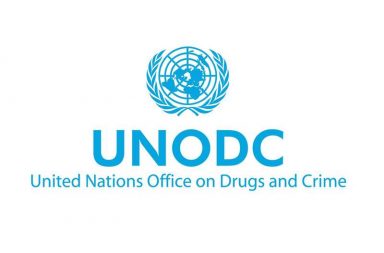By Meer Muiz Musharraf
1. Numerous media outlets reported Khulna University of Engineering & Technology (KUET) authorities being “embarrassed” after photos of a group of their students from the 15th batch of Computer Science Discipline wearing Arabian attire to celebrate ‘Rag Day’ went viral on social media.[1]
2. “Some students attend rallies on the campus wearing special attire which goes against the Bangladeshi culture. It has embarrassed the university administration,” said a notice signed by KUET Registrar GM Shahidul Alam.
3. But do the students’ attire merit a legal condemnation? To what extent can an institution regulate attire before those impositions start to hinder the right of every citizen to freedom of speech and expression?[2] And given that the reason provided for the administration’s embarrassment is that the attire goes against Bangladeshi culture, does “culture” have a legal standing? And if it does, were the students in breach of it?
4. Even at an initial perusal of Article 39 of The Constitution of the People’s Republic of Bangladesh, it is definite that unlike the freedom of thought and conscience, the freedom of speech and expression is not absolute. Article 39(2) displays the restrictions to be as follows: a. the interests of the security of the State; b. friendly relations with foreign states, c. public order, decency or morality, or d. in relation to contempt of court, e. defamation or incitement to an offence. Restrictions cannot be imposed on this freedom on the ground other than those specified in Article 39.[3]
5. The only restriction that may apply to the scenario at hand is decency or morality.
6. It is clear that a law may impose reasonable restrictions on speech and expression which tend to undermine public morality.[4] Whether any speech is likely to undermine decency or morality is to be determined with reference to the probable effect it may have on the people to whom it is addressed.[5]
7. Specifically, a law against obscenity would be protected under art.39 as it is outside the realm of constitutionally protected freedom of expression.[6]
8. This is where the matter of culture comes into consideration because the definition of obscenity differs from culture to culture, between communities within a single culture, and also between individuals within those communities.[7]
9. Ranjit Singh v Maharashtra[8] defines obscenity as offensive to modesty or decency; lewd, filthy, repulsive. Roth v United States[9] further defined obscenity as something which “to dominant theme of the material taken as a whole appeals to prurient interest”. The court then went to define “prurient” as “material having a tendency to excite lustful thoughts”. Even Miller v California[10] defined obscenity in regards to having prurient interest.
10. Given that the Arabian attire worn by the students did not have nor encouraged a prurient element, it can be concluded that the attire was not obscene. And since it was not obscene, it did not undermine decency or morality. And hence, the attire worn by the students does not merit a legal condemnation.
11. A similar comparison may be made with U.S Courts in this penultimate paragraph. The U.S Courts have set out some guidelines for deciding whether students have the right under the First Amendment to express their opinions or identity through what they wear to public school. Although public schools must respect students’ constitutional right to freedom of expression, U.S Supreme Court has allowed schools to punish students for wearing clothing with words, images, or symbols that: are vulgar or lewd (Bethel School Dist. No. 403 v. Fraser),[11] promote illegal drug use (Morse v. Frederick),[12] or are likely to cause serious disruption at school or violate other students’ rights (Tinker v. Des Moines Independent Community School Dist).[13] Since it has been clear from the facts of the situation that the Arabian attire was not vulgar/lewd, did not promote illegal drug use nor did it violate other students’ rights, U.S courts would be unable to rule against them if faced with a similar circumstance.
12. As a conclusion, it is noteworthy that although the matter of racial/religious insensitivity was not brought up by the university administration or the newspapers, any future revelation of such insensitive acts will make the actions punishable. Article 28 of the constitution of Bangladesh provides protection against racial discrimination and the Penal Code of Bangladesh in sections 295, 295 A, 296, 297 and 298 makes any discrimination based on religion punishable under the law.
Meer Muiz Musharraf is a pupil at Vertex Chambers.
This article is the property of Vertex Chambers, which is reproduced in FutureLaw with their kind permission. For the original post, please click here.
References
[1] 1st January 2020
[2] Article 39(2)(a) of the The Constitution of the People’s Republic of Bangladesh
[3] Secy, Ministry of I & B v. Cricket Assoc. of Bengal, AIR 1995 SC 1236
[4] Ranjit v Maharashtra, AIR 1965 SC 881.
[5] R. v. Secker & Warburg, [1954] 1 WLR 1138.
[6] Roth v United States (1957) 354 US 476
[7] Ajay Goswami v India, AIR 2007 SC 493
[8] AIR 1960 SC 881
[9] (1957) 354 US 476
[10] 413 US 15
[11] 478 U.S. 675 (1986)
[12] 551 U.S. 393 (2007)
[13] 393 U.S. 503 (1969)



